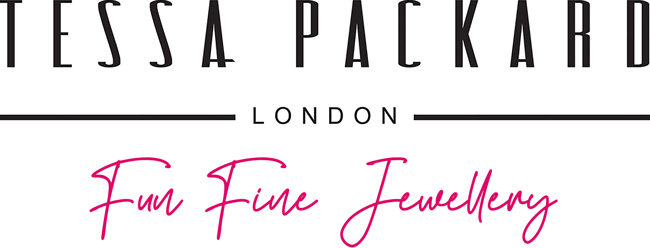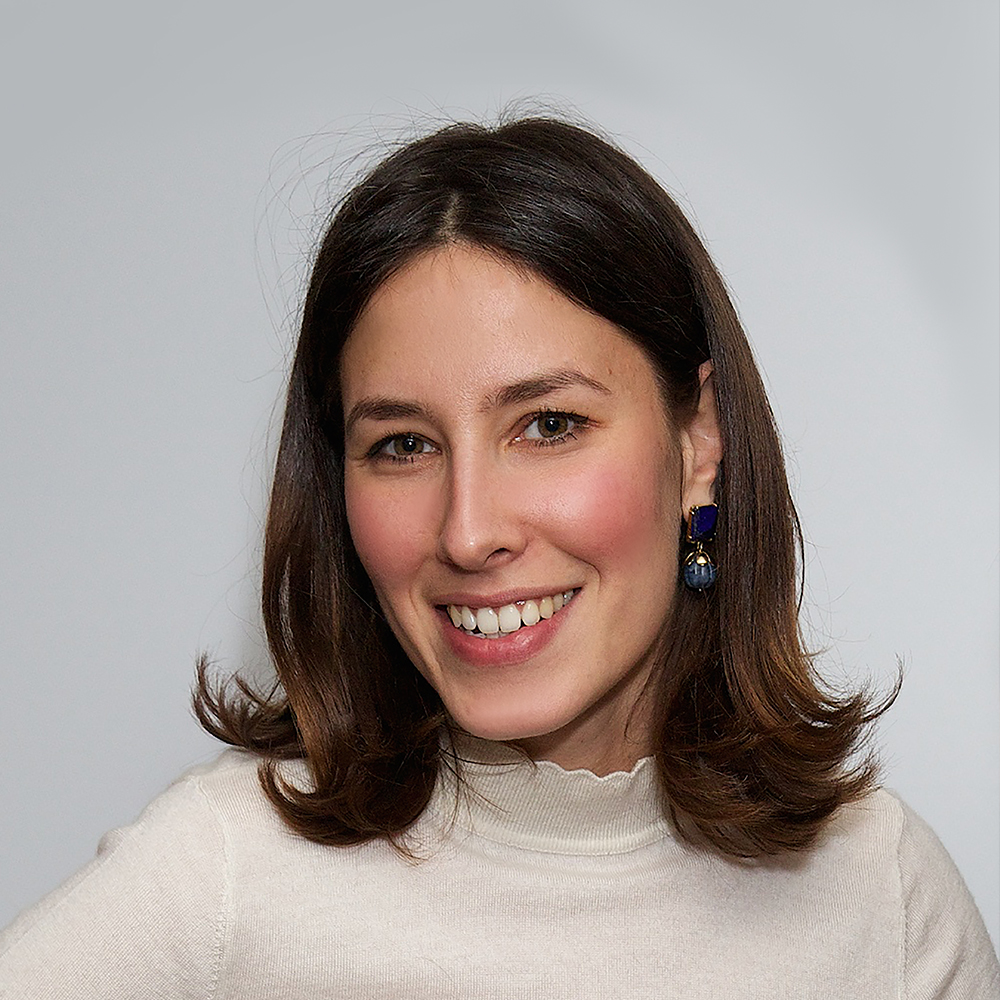
June 2020
Kassia St Clair
Kassia St Clair is an author and cultural historian based in London. Her first book, The Secret Lives of Colour (2016), was not only named BBC Radio 4 Book of the Week, but also selected as a Waterstones Book of the Month in paperback and became a Sunday Times top-ten bestseller. The Golden Thread, published later in 2018, was shortlisted for the Somerset Maugham Award. It was also featured as a BBC Radio 4 Book of the Week, a Sunday Times Book of the Year and was selected by Peter Frankopan as one of his Books of 2018 for History Today.
St Clair frequently contributes to TV, radio and print as a cultural historian. She has appeared on BBC Radio 4’s Saturday Live, Woman’s Hour, Monocle 24, BBC Radio 5 Live and CNN, as well as given talks about colour and the history of textiles at international venues including the Dallas Art Museum, Hay Festival, the V&A and Soho House. In print, St Clair’s essays and reviews – usually on design and culture – have been featured in publications including the Economist, Telegraph, Architectural Digest and the New Statesman; her Elle Decoration colour column has been running since 2013.
IN CONVERSATION
Tessa Packard [TP]: How did your fascination with colour start? And in turn, where did the inspiration for The Golden Thread come from? Was it influenced in any way by writing your first book, The Secret Lives of Colour?
Kassia St Clair [KSC]: My mother was a florist, so I think I was exposed to and taught to enjoy colours from a young age. I would go to her shop after nursery and wait for her to close up before going home and I have early memories of playing with blooms that weren’t going to make it into bouquets. When I went on to study history at university, both textiles and colour were part of my research: my dissertations were on 18th Century women’s clothing.
[TP]: The Secret Lives of Colour beautifully decodes the context of colour in culture through art, history, science fashion and fiction; and The Golden Thread explores how and why fabric has played such a seminal role in changing history. What theme(s) would you like to tackle next and why?
[KSC]: My next book though is a bit of a contrast in term of the type of thing I’m examining. Colour and cloth seem like a natural progression, but the next idea – cars and car travel – may seem a little odd at first glance. However, like the first two, I would say that this new book explores ideas and objects we come across so frequently in our everyday lives that we don’t tend to notice them or wonder where they came from or how they developed.
I like to think that my books help people think differently about the world around them, and find a deeper appreciation for the everyday.
[TP:] What hue were you most sad not to include in The Secret Lives of Colour, and why did they not make the edit? And conversely, what colour, tone, shade or hue would you ban from the universe if you ruled the world?
[KSC]: Oooh, there were so many. When I pitched the book I had a whole long list of them. And it’s funny, as I started researching and writing about some of them it just felt like there wasn’t enough there and the stories would sort of become mushy and fall apart. Sometimes you can take a fresh approach and it will all come together again, but at other times you just have to accept that you can’t get it to work. I can’t now recall any individual shades where that happened, but I do remember it happened more than once!
[TP]: Does your passion for colour and textiles translate into real life? Do you wear bright colours? Collect exotic fabrics? Live in a technicolour house? Or is your wardrobe and home-life much more monochrome?
[KSC]: I am definitely a bit of a magpie with textiles and do have a small collection of beautiful ones. I’ve also got a sewing machine and keep trying to do something with it and start making my own clothes. However, I never seem to make the time for my hobbies (this one or any others). But anyway my clothes are quite colourful, apart from my gym kit, strangely, which is almost all grey and black.
[TP]: How has doing what you do shaped who you are?
[KSC]: I think I’ve always been relatively self-disciplined but being a freelance writer has really made me exercise that muscle. A book deadline can be years in the future and you won’t have anyone checking up on your progress, so it’s just up to you. It’s actually a quality I’m quite proud of, since it’s one my dad has. I remember him telling me when I was little that for two years when he was in the army he used to set his alarm for 4am in order to pass some really important exams (the early morning was the only free time in which he could study). I was awe-struck. That’s dedication and focus has always been something I’ve aspired to.
[TP]: Past or present, and from any sector, who you think is a genius when it comes to their application or handling of colour?
[KSC]: Bridget Riley, Claude Monet, Wassily Kandinsky and Roksanda Ilincic all spring to mind.
[TP]:How would you describe the landscape of colour in Britain the 21st Century? Do you think we are playing it safe or embracing the rainbow?
[KSC]: I think we’re embracing the rainbow, but in quite a conformist way. There’s definitely a strong tendency towards particular aesthetics – perhaps because we all see the same images on Instagram and other visual media – so we tend to gravitate towards certain shades or palettes en masse. It’s quite tribal and hard to resist.
[TP]: In your opinion, what invention – colour or thread – has most greatly impacted the course of cultural history in this country?
[KSC]: I would say that for this country it has to be thread: wool and cotton in particular have had such a powerful influence on the nation’s history. It’s impossible to escape it: it’s everywhere from our street names to our architecture and politics.
[TP]: If you could wave a magic wand and change three things in this world, what would they be?
[KSC]: I think I’m going to take some liberties here and make my three things quite sweeping. The first thing would be to give the world’s leaders and power brokers the vision and will to tackle climate change immediately. The second thing I’d do is try and redress structural inequality by reforming global tax systems. It feels wrong to use a magic wand on taxation systems but there we go. The third thing I’d do is shrink Donald Trump and his extended family to around the size of gummy bears and invest in a set of deluxe Polly Pocket-style homes for them all to live in (very difficult to tweet if you can’t press any buttons).
[TP]: Both your books tell stories of new discoveries, both in colour and textile (with some discoveries being more successful than others). Have the stories of those successful individuals – whether they be designers, technicians or scientists – made you more entrepreneurial?
[KSC]: I’d say they have made me bolder. Part of being a writer is being a bit entrepreneurial anyway, but it is certainly inspiring to learn about people who have taken risks, picked themselves up after disasters and so on. The flip side is that you also learn about a lot of people who have had the odds stacked up against them and, no matter how talented and dedicated they are, get crushed.
[TP]: What has been your hardest career lesson to date, and what one piece of advice would you give to any budding writer?
[KSC]: My hardest career lesson was probably the four years I spent in a job that I did not enjoy and made me quite unhappy. The lesson, which I think I’ve learned since but wish I had appreciated at the time, is that where you have absolutely no choice in a situation, you have to learn everything you can from it while retaining your cool. But, if you have a choice, get out: life is too short.
[TP]: Finally, if you were a colour, what would you be?
[KSC]: Anything but beige!
ON THE SPOT
Town or Countryside? Town until I’m 40, countryside thereafter
Favourite city? Amsterdam
Your perfect dinner guest, dead or alive? Elizabeth I
If you could time travel to any era it would be…? The future: I want to check we’re all going to be ok!
The best meal you’ve ever eaten is? Dinner at the Slanted Door with two friends about six years ago
The one essential you can’t leave home without? My phone (headphones essential)
Pet hate? People walking slowly three abreast down a pavement leaving no room for anyone else. Instant rage
Biggest extravagance? We recently bought a flat by the sea
Favourite book? Educated by Tara Westover will be with me for a long while
What would your gravestone read? I wasn’t sure so I did an online quiz. The result was “a teacher for all” so I now know at least one thing I definitely wouldn’t want my gravestone to say. I’ll keep working on it.
FIND OUT MORE

